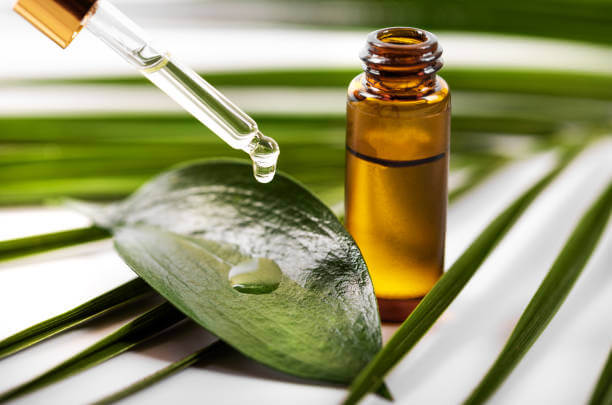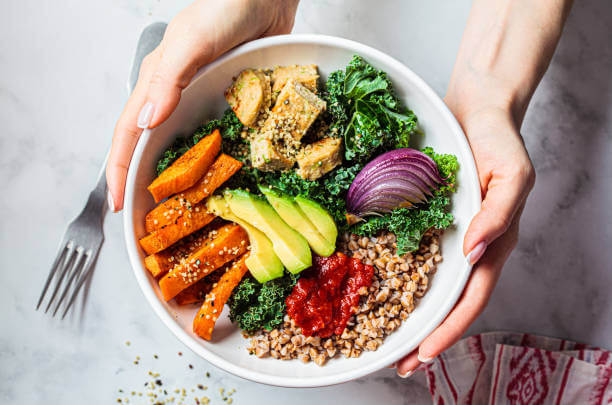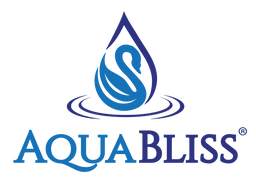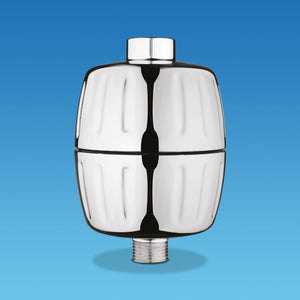Just like scalp dandruff, eyebrow dandruff can also be an issue, manifesting as dry flakes and scaly skin on the eyebrow area. This condition, often accompanied by itchy, inflamed skin, can be both frustrating and uncomfortable.
If you’ve been searching for ways to get rid of eyebrow dandruff, know you’re not alone. Eyebrow dandruff is a common issue that can be treated effectively once you understand its causes and find the right solutions.
In this article, we’ll explore the main causes of flaky eyebrows and eyebrow dandruff symptoms and share practical eyebrow dandruff home remedies and lifestyle tips to help you maintain healthy skin around your brows.
Why Do My Eyebrows Have Dandruff?

Eyebrow dandruff can develop for various reasons, from environmental factors and diet changes to skin conditions like seborrheic dermatitis and contact dermatitis.
These conditions can lead to overgrowth of yeast, known as Malassezia, which feeds on natural oils produced by oil glands in the skin. This process creates dryness and dandruff flakes in the eyebrow area, which can worsen in cold weather and dry climates.
Symptoms of eyebrow dandruff often include flaky brows, itchy or inflamed skin, and yellowish flakes. In some cases, the condition can be a result of an underlying skin condition like eczema or psoriasis.
Consulting a board-certified dermatologist can help determine the specific causes of eyebrow dandruff, especially if you notice persistent itching, redness, or inflamed skin.
Key Causes of Eyebrow Dandruff:
-
Seborrheic Dermatitis: A chronic skin condition causing inflamed and flaky skin due to excess oil production.
-
Contact Dermatitis: An allergic reaction that can cause dry flakes and scaly patches when the skin comes into contact with certain chemicals or harsh soaps.
-
Dry Skin and Weather Conditions: Dry, cold weather and low humidity levels can strip skin of natural oils, making eyebrow dandruff worse.
-
Yeast Overgrowth: Overgrowth of Malassezia yeast can lead to flakiness in areas rich in oil glands, like the scalp and eyebrows.
Identifying the root cause is crucial for effective eyebrow dandruff treatment. If your symptoms persist or worsen, it’s wise to consult a healthcare provider for guidance on managing this condition.
5 Eyebrow Dandruff Home Remedies

If your eyebrow dandruff isn’t severe, there are several natural remedies you can try at home to manage and reduce the symptoms.
These methods can be helpful in addressing dry skin, flaky eyebrows, and sensitive skin without the need for medicated shampoos or antifungal treatments.
-
Anti-Dandruff Shampoo. Using an anti-dandruff shampoo on your eyebrows can provide relief from yeast overgrowth. Look for products containing ingredients like selenium sulfide or coal tar, known for their antifungal properties. Apply a few drops of shampoo to the affected area, let it sit for a few minutes, then rinse thoroughly.
-
Tea Tree Oil. Known for its antifungal and antibacterial properties, tea tree oil can help treat eyebrow dandruff naturally. Mix a few drops of tea tree oil with a carrier oil like coconut oil or almond oil to avoid irritation on sensitive skin. Gently rub the mixture onto the affected area, leave it on for a few minutes, and rinse off.
-
Aloe Vera. Aloe vera is one of the best remedies for eyebrow dandruff. It has soothing and anti-inflammatory properties that can calm inflamed skin and reduce flakiness. Apply a small amount of aloe vera gel to your eyebrows, let it sit for about 10 minutes, then rinse off. It’s gentle on sensitive skin and helps keep skin moisturized.
-
Apple Cider Vinegar. Apple cider vinegar’s acidic nature can help maintain a balanced pH in the skin, making it harder for yeast to thrive. To use, dilute apple cider vinegar with an equal amount of water, apply to the eyebrow area with a cotton swab, and rinse off after a few minutes.
-
Salicylic Acid Exfoliants. Products with salicylic acid (BHA) or glycolic acid (AHA) act as gentle exfoliants that help remove dead skin cells and clear pores, preventing dandruff flakes. These ingredients can be found in many skincare products but should be used sparingly around the sensitive eyebrow area.
Lifestyle Tips for Effective Eyebrow Dandruff Treatment

Beyond home remedies, maintaining a balanced lifestyle and skincare routine is essential for managing eyebrow dandruff. Following these tips can help you keep your skin healthy and hydrated, preventing future outbreaks of flaky skin in the eyebrow area.
-
Moisturize Regularly. Keeping skin moisturized is essential for preventing dryness and flaky eyebrows. Choose a good moisturizer free of harsh chemicals and apply it gently around the eyebrow area after cleansing.
-
Avoid Harsh Soaps and Chemicals. Using harsh soaps or cleansers with strong chemicals can irritate the skin and make eyebrow dandruff worse. Opt for a gentle cleanser that’s free from sulfates and parabens, and avoid scrubbing the area too vigorously.
-
Use Lukewarm Water in the Shower. Hot water can strip your skin of natural oils, making it prone to dryness and inflammation. Opt for lukewarm or cool water to help preserve your skin’s moisture levels.
-
Stay Hydrated and Eat a Balanced Diet. Proper hydration and a diet rich in essential nutrients like omega-3 fatty acids and amino acids can improve skin health and reduce flare-ups of conditions like atopic dermatitis and seborrheic dermatitis.
-
Control Stress. Stress can exacerbate various skin conditions, including eyebrow dandruff. Practicing stress management techniques like meditation, exercise, and mindfulness can help keep skin issues under control.
Reducing the Effects of Hard Water on Eyebrow Dandruff
If you live in an area with hard water, it may be contributing to your eyebrow dandruff. Hard water, which is rich in minerals like calcium and magnesium, can clog pores and cause flaky skin in sensitive areas.
To combat the effects of hard water:
-
Install a Shower Filter. A showerhead water filter can help reduce mineral buildup on the skin, making it an effective solution for treating eyebrow dandruff caused by hard water. AquaBliss shower filters, for instance, are designed to soften water and reduce contaminants, providing relief from dry, scaly skin.
-
Use Products Formulated for Hard Water. Certain shampoos and skincare products are formulated to counter the effects of hard water. Look for products with ingredients like citric acid that help remove mineral buildup.
Professional Treatments for Severe Eyebrow Dandruff

In severe cases of eyebrow dandruff, where over-the-counter and home remedies don’t provide relief, you may need to consult a board-certified dermatologist.
They can recommend stronger treatments, such as:
-
Medicated Shampoos. A healthcare professional may prescribe medicated shampoos containing active ingredients like ketoconazole or selenium sulfide to address fungal overgrowth and reduce eyebrow dandruff symptoms.
-
Prescription Creams and Ointments. For persistent eyebrow dandruff linked to skin conditions like psoriasis, contact dermatitis, or eczema, prescription creams with corticosteroids or anti-inflammatory properties may be recommended to reduce inflammation and itching.
-
Oral Medications. In some cases, oral antifungal medications may be necessary to treat underlying yeast overgrowth in the skin. These medications should only be used under the guidance of a healthcare provider.
Common Questions About Eyebrow Dandruff
Does eyebrow dandruff cause hair loss?
While mild eyebrow dandruff doesn’t typically lead to hair loss, severe or untreated cases involving inflamed or infected hair follicles may cause eyebrow hair to fall out. Treating the condition promptly is essential to prevent complications.
Can eyebrow dandruff spread to other areas?
Yes, dandruff can spread, particularly if caused by seborrheic dermatitis or yeast overgrowth. Practicing good skin care and using targeted treatments can help contain it.
Is eyebrow dandruff contagious?
Eyebrow dandruff itself is not contagious. However, if it’s caused by a fungal infection, keeping your skin clean and avoiding sharing personal items like towels can prevent the spread of yeast.
Final Thoughts on Getting Rid of Eyebrow Dandruff
Dealing with eyebrow dandruff doesn’t have to be a long-term struggle. By understanding the root causes, following proper care, and trying out effective eyebrow dandruff home remedies, you can improve the appearance of your brows and maintain healthier skin overall.
For those dealing with persistent or severe cases, consulting a board-certified dermatologist ensures you’re taking the right approach. Remember that eyebrow dandruff is a common condition that can affect anyone, so there’s no need to feel embarrassed.
With the right approach, including lifestyle changes and skincare routines, you can get rid of eyebrow dandruff and keep it under control.
*The statements in this article have not been evaluated by the FDA. These products are not meant to diagnose, treat, or cure any ailment, condition, or disease. If you have a medical concern, please contact a professional or speak to your primary doctor.







